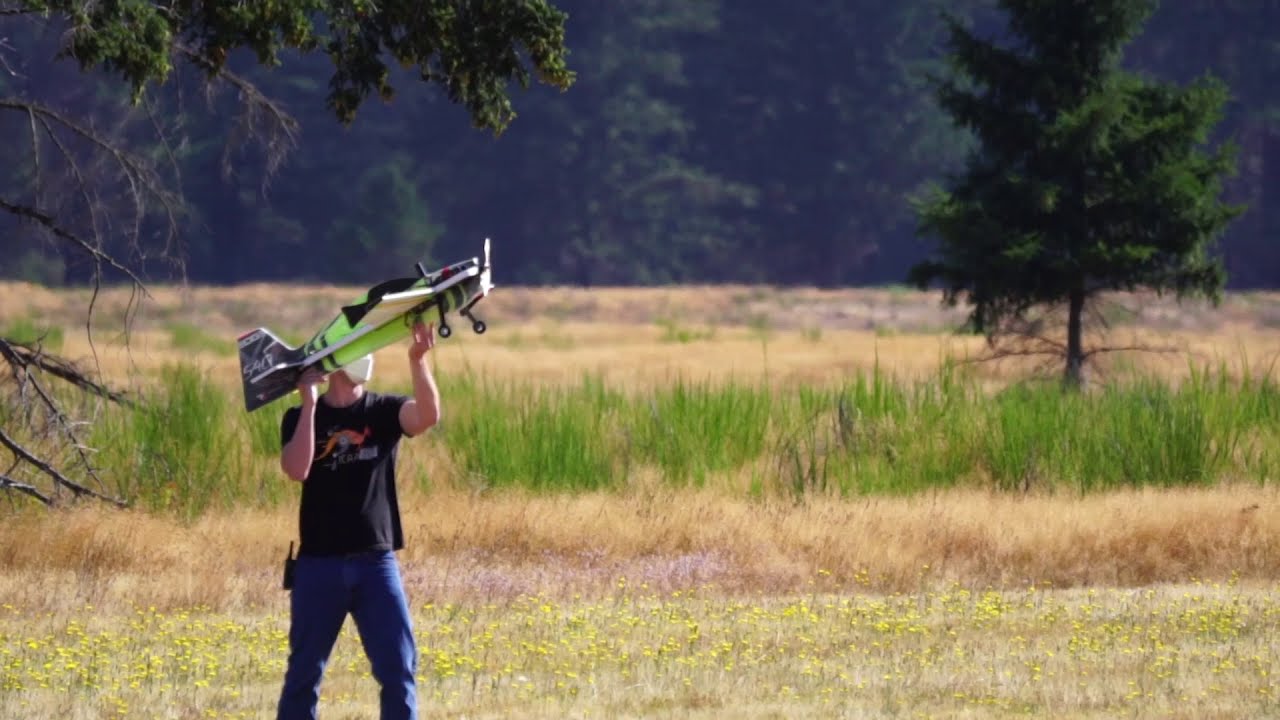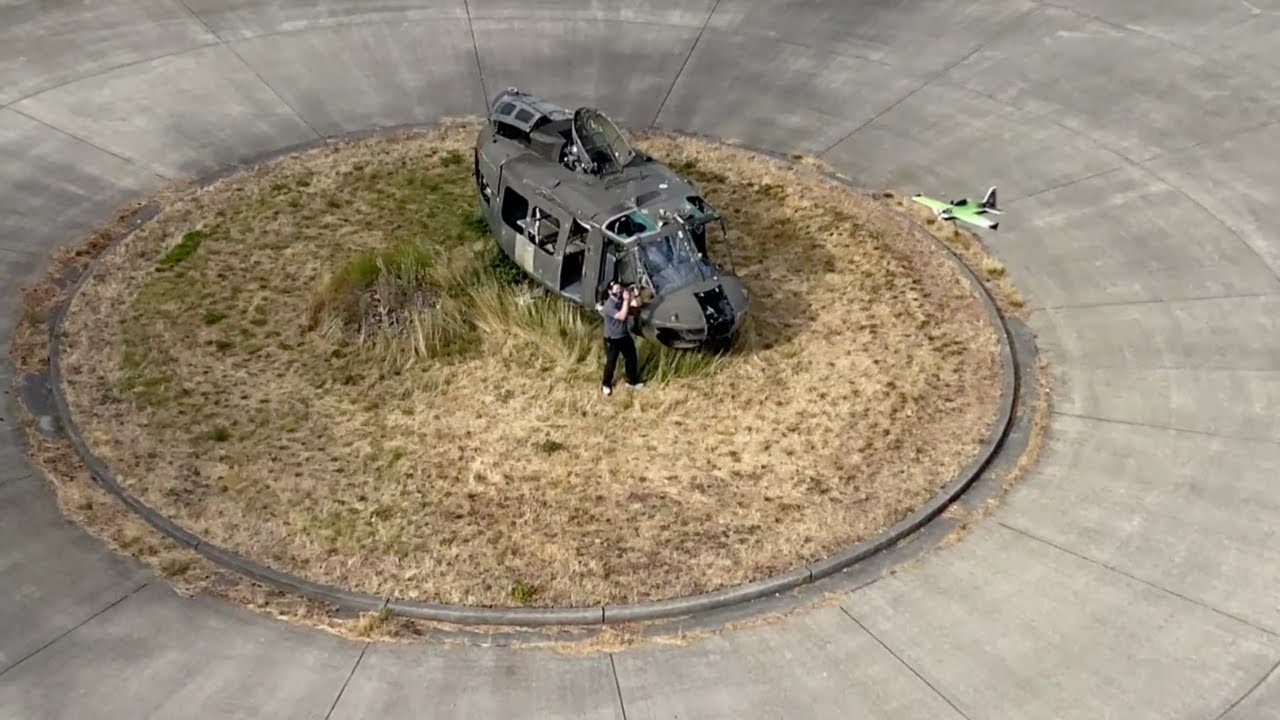News
Johns Hopkins APL Helps DARPA OFFSET Program Take Flight
With each second of the video that ticks away, the suspense builds. Joseph Moore launches a fixed-wing unmanned aerial vehicle (UAV) into the air and it’s buffeted by the wind. Undeterred, the UAV goes about its task to navigate around buildings at high speeds in an urban environment.
The wind picks up at points, and the neon-green fixed-wing UAV steadies itself on those occasions. But ultimately, it navigates the course adeptly, coming within about 10 feet of the buildings and steering around them with relative ease. Most importantly: it doesn’t crash.
“That was a gate for us to get through,” said Moore, the project manager of the Research and Exploratory Development Department team that ran the test at Joint Base Lewis-McChord in Washington state this past August. “We’d never tested anything in an actual physical environment, so proving what we did was huge.”
The test was part of the Defense Advanced Research Projects Agency (DARPA) OFFensive Swarm-Enabled Tactics (OFFSET) program, which envisions swarms of up to 250 collaborative autonomous systems providing insights to ground troops as they operate in dense metropolitan environments. The program is about four years old, Moore said, and it’s unique in structure because the two swarm system integrators — Northrop Grumman and Raytheon — are creating the testbeds and simulation environments for crafting tactics for large-scale autonomous swarms in urban environments.
“OFFSET is developing a variety of swarm-enabling technologies,” said Timothy Chung, the DARPA OFFSET program manager, “from a rich repository of swarm tactics, to virtual environments for swarm simulation, to physical testbeds with real robots where these swarm tactics can be demonstrated in real-world settings.”
This specific test was an effort to answer Moore’s team’s central question for this phase of the project, known as sprints: could fixed-wing UAVs have quadcopter UAV agility and mobility but add greater range, endurance and speed, given that they were fixed-wing in form?
“Imagine you have a futuristic sensor on your aircraft that could, theoretically, map the interior of a building and produce a floor plan,” Moore explained. “You want to put that sensor on a fixed-wing UAV, fly really fast and really close to the building, and come away with a rapid interior scan of the floor plan.
“We’re not there yet, but our goal was to control the vehicle at high speeds in an urban, outdoor environment and do multiple passes around the target building without hitting it.”

